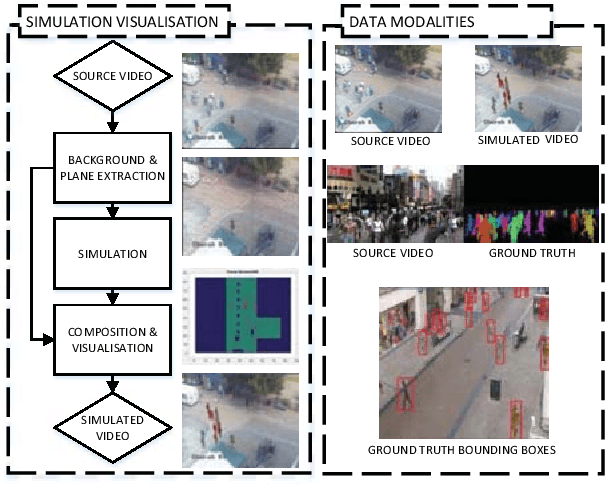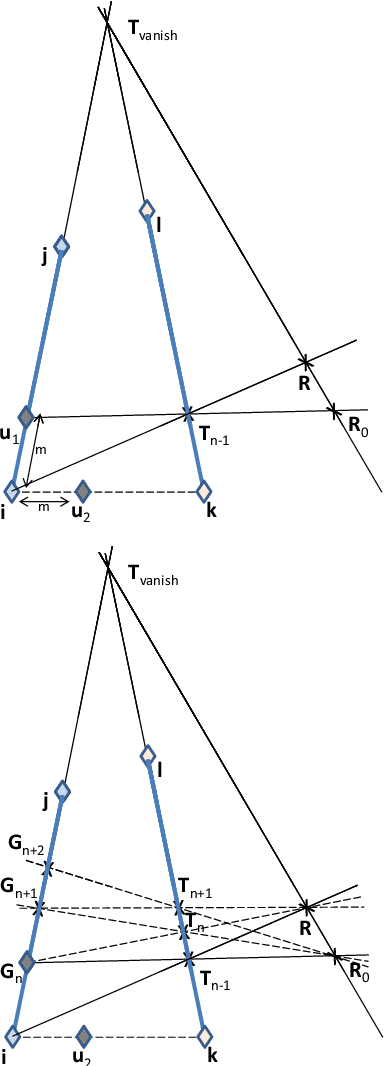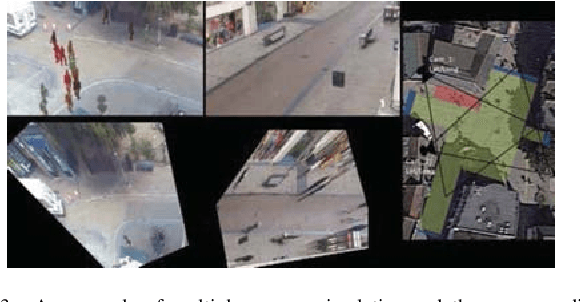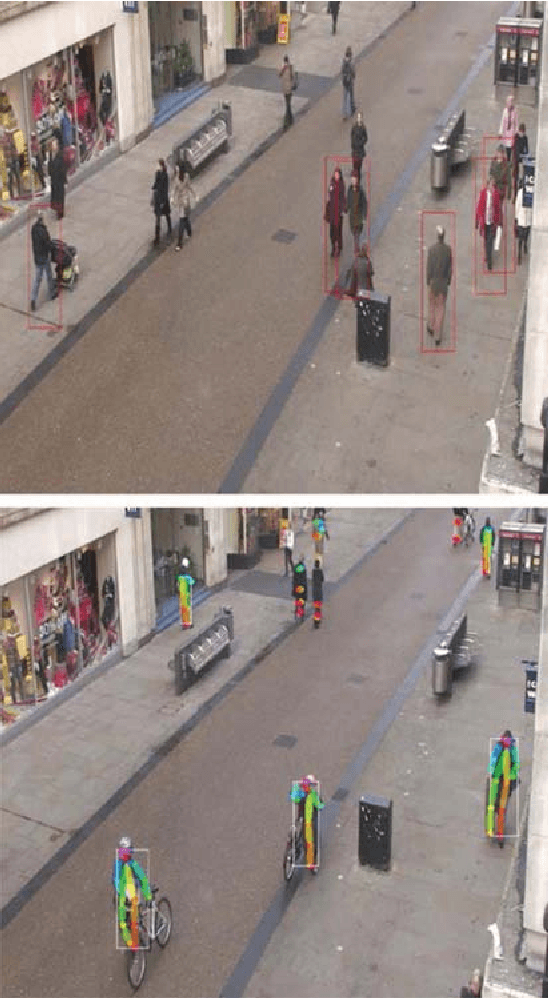Rob Dupre
Smart IoT Cameras for Crowd Analysis based on augmentation for automatic pedestrian detection, simulation and annotation
Jun 06, 2019



Abstract:Smart video sensors for applications related to surveillance and security are IOT-based as they use Internet for various purposes. Such applications include crowd behaviour monitoring and advanced decision support systems operating and transmitting information over internet. The analysis of crowd and pedestrian behaviour is an important task for smart IoT cameras and in particular video processing. In order to provide related behavioural models, simulation and tracking approaches have been considered in the literature. In both cases ground truth is essential to train deep models and provide a meaningful quantitative evaluation. We propose a framework for crowd simulation and automatic data generation and annotation that supports multiple cameras and multiple targets. The proposed approach is based on synthetically generated human agents, augmented frames and compositing techniques combined with path finding and planning methods. A number of popular crowd and pedestrian data sets were used to validate the model, and scenarios related to annotation and simulation were considered.
A Human and Group Behaviour Simulation Evaluation Framework utilising Composition and Video Analysis
May 02, 2018



Abstract:In this work we present the modular Crowd Simulation Evaluation through Composition framework (CSEC) which provides a quantitative comparison between different pedestrian and crowd simulation approaches. Evaluation is made based on the comparison of source footage against synthetic video created through novel composition techniques. The proposed framework seeks to reduce the complexity of simulation evaluation and provide a platform from which the comparison of differing simulation algorithms as well as parametric tuning can be conducted to improve simulation accuracy or providing measures of similarity between crowd simulation algorithms and source data. Through the use of features designed to mimic the Human Visual System (HVS), specific simulation properties can be evaluated relative to sample footage. Validation was performed on a number of popular crowd datasets and through comparisons of multiple pedestrian and crowd simulation algorithms.
 Add to Chrome
Add to Chrome Add to Firefox
Add to Firefox Add to Edge
Add to Edge